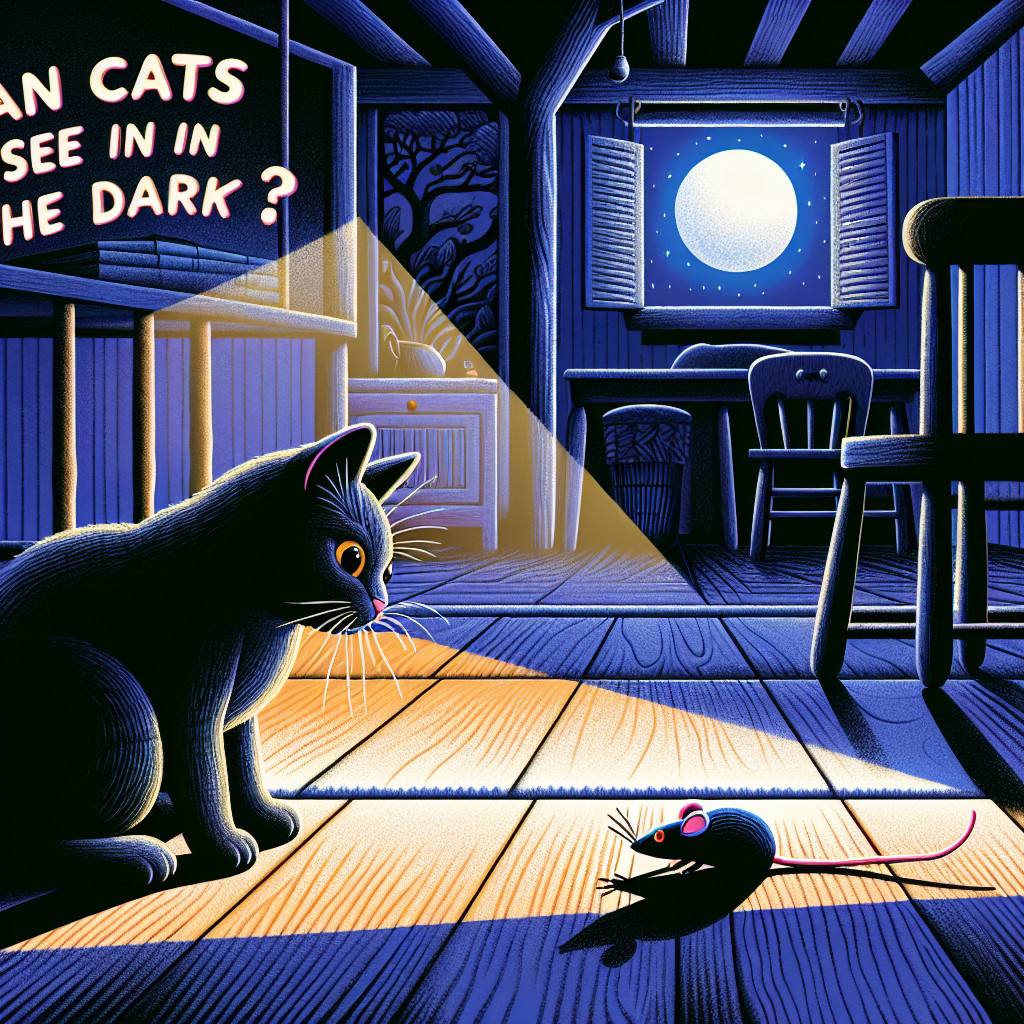Can Cats Have Chocolate? Understanding the Risks
When it comes to pet care, the question of what foods are safe for our furry companions often arises. One common query is whether cats can have chocolate. The simple answer is no; cats cannot have chocolate, and here’s why it’s crucial for pet owners to understand the dangers associated with chocolate consumption in felines.
The Toxicity of Chocolate
Chocolate contains two substances that are toxic to cats: theobromine and caffeine. While both of these compounds can be harmful to other pets, such as dogs, cats are also susceptible to their effects, albeit to a lesser extent. Theobromine, in particular, is metabolized much more slowly in cats compared to humans, leading to a greater risk of toxicity.
The severity of chocolate toxicity is influenced by several factors, including:
- The type of chocolate: Dark chocolate and baking chocolate contain higher levels of theobromine compared to milk chocolate, making them more toxic.
- The quantity consumed: Even small amounts of chocolate can cause issues, particularly in smaller cats.
- The cat’s individual health: A cat’s age, weight, and pre-existing health conditions can affect how it reacts to chocolate.
Symptoms of Chocolate Poisoning
If a cat accidentally ingests chocolate, the symptoms of chocolate poisoning can appear within a few hours and may include:
- Vomiting
- Diarrhea
- Increased heart rate
- Restlessness or hyperactivity
- Tremors
- Seizures
In severe cases, chocolate poisoning can lead to serious health issues or even be fatal. If you suspect your cat has consumed chocolate, it’s essential to contact your veterinarian immediately.
What to Do if Your Cat Eats Chocolate
Immediate action is critical. Here’s what you should do:
- Assess the Situation: Try to determine how much and what type of chocolate your cat consumed.
- Contact Your Veterinarian: Provide as much information as possible about the chocolate type and quantity. Your vet may suggest inducing vomiting or bringing your cat in for treatment.
- Follow Professional Advice: Based on the information you provide, your vet will give you the best course of action, which may include monitoring your cat at home or providing medical treatment.
Preventing Chocolate Ingestion
To protect your cat from chocolate poisoning, consider these preventative measures:
- Educate All Family Members: Make sure everyone in your household knows that chocolate is hazardous to cats and keep it out of reach.
- Be Cautious with Treats: Be mindful of holiday foods and sweets, especially during celebrations where chocolate might be more readily available.
- Provide Safe Alternatives: Instead of sharing your chocolate treats, offer your cat safe and healthy snacks specifically designed for felines.
Conclusion
In summary, cats should never be given chocolate due to the dangerous effects of theobromine and caffeine. While a small nibble might seem harmless, the potential for toxicity makes it a risky temptation. Keeping chocolate and other toxic foods out of your cat’s reach is the best way to ensure their continued health and happiness. If you are ever in doubt about what foods are safe for your feline friend, consult your veterinarian for guidance. Keeping your cat safe involves understanding their needs and the potential risks associated with human foods.





